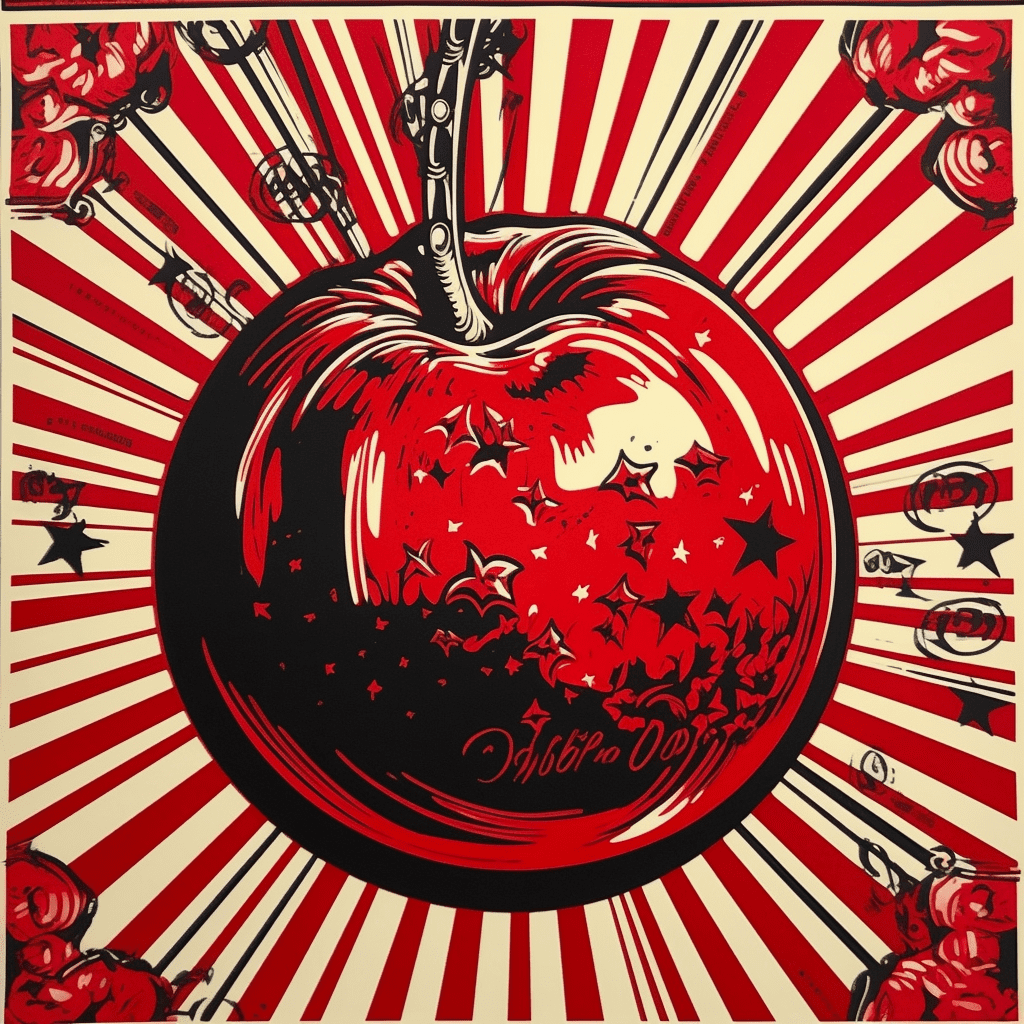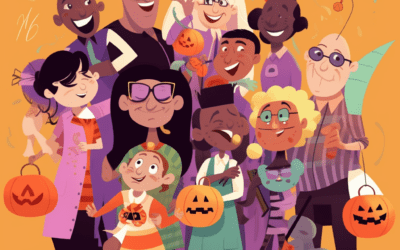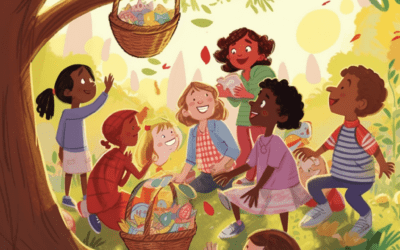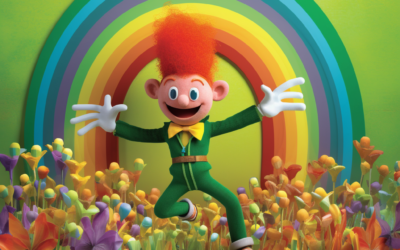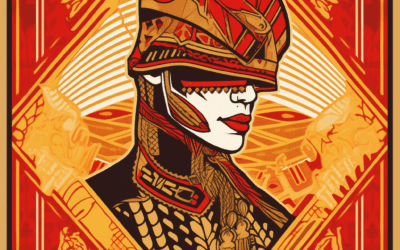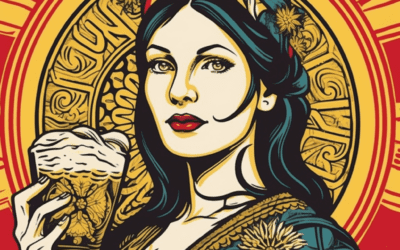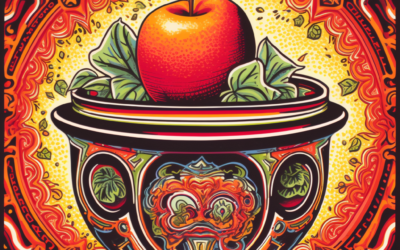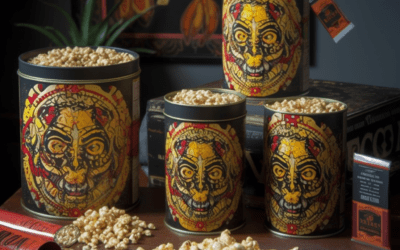The History of Candy Apples: How Did They Become Halloween Treats?
Introduction:
Candy apples are a popular sweet treat often associated with Halloween. But have you ever wondered how these delicious treats became synonymous with the spooky holiday? Let’s take a dive into the history of candy apples and uncover how they became Halloween treats.
The Origin of Candy Apples:
Candy apples have been enjoyed for many years, tracing their origins back to the early 1900s. In 1908, a gentleman named William W. Kolb accidently created the first candy apple. Serving toffee apples at his candy shop in Newark, New Jersey, he was experimenting with red cinnamon candies. By dipping apples into the melted candy mixture and allowing them to cool, he unknowingly invented the candy apple.
The Halloween Connection:
Candy apples were initially enjoyed at various times of the year, but they gained popularity as Halloween treats due to a couple of reasons. First, apples were in abundance during the fall harvest season, specifically around October. This made them readily available for creating candy apples during Halloween festivities. Second, the bright red color of the candy coating resembled the color of blood, creating a fitting treat for Halloween’s spooky themes.
The Trick or Treat Connection:
Another factor that contributed to the association between candy apples and Halloween was the rise of the trick-or-treating tradition in the mid-20th century. As children went door-to-door asking for treats, offering individually wrapped candy apples became a popular choice for households to provide a unique and tasty treat. This tradition further solidified candy apples’ connection to Halloween.
Evolution and Variations:
Over the years, candy apples have evolved and expanded to include various flavors and coatings. While the classic red candy coating continues to be popular, other varieties such as caramel and chocolate coatings have also gained popularity during Halloween. These variations offer a wider range of flavor options, catering to different taste preferences.
Commercialization and Popularity:
The commercialization of candy apples also played a significant role in their popularity as Halloween treats. Candy companies recognized the demand for these sweet treats and began producing pre-made candy apples, making them more accessible to the general public. This convenience factor further boosted the association between candy apples and Halloween.
Candy Apples Today:
In modern times, candy apples remain a beloved Halloween treat in many households. Whether enjoying them at Halloween parties, giving them out to trick-or-treaters, or making them as a fun family activity, candy apples continue to bring joy and sweetness to the Halloween season. They have become an iconic symbol of the holiday, with their vibrant colors and delicious flavors adding to the festive spirit.
In Conclusion:
The history of candy apples reveals how these sweet treats became Halloween favorites. Through their accidental creation, the association with fall harvest, the trick-or-treat tradition, and their commercialization, candy apples have firmly established themselves as a beloved Halloween delicacy. So, next time you sink your teeth into a candy apple during the spooky season, remember the fascinating journey they took to become a Halloween treat.

